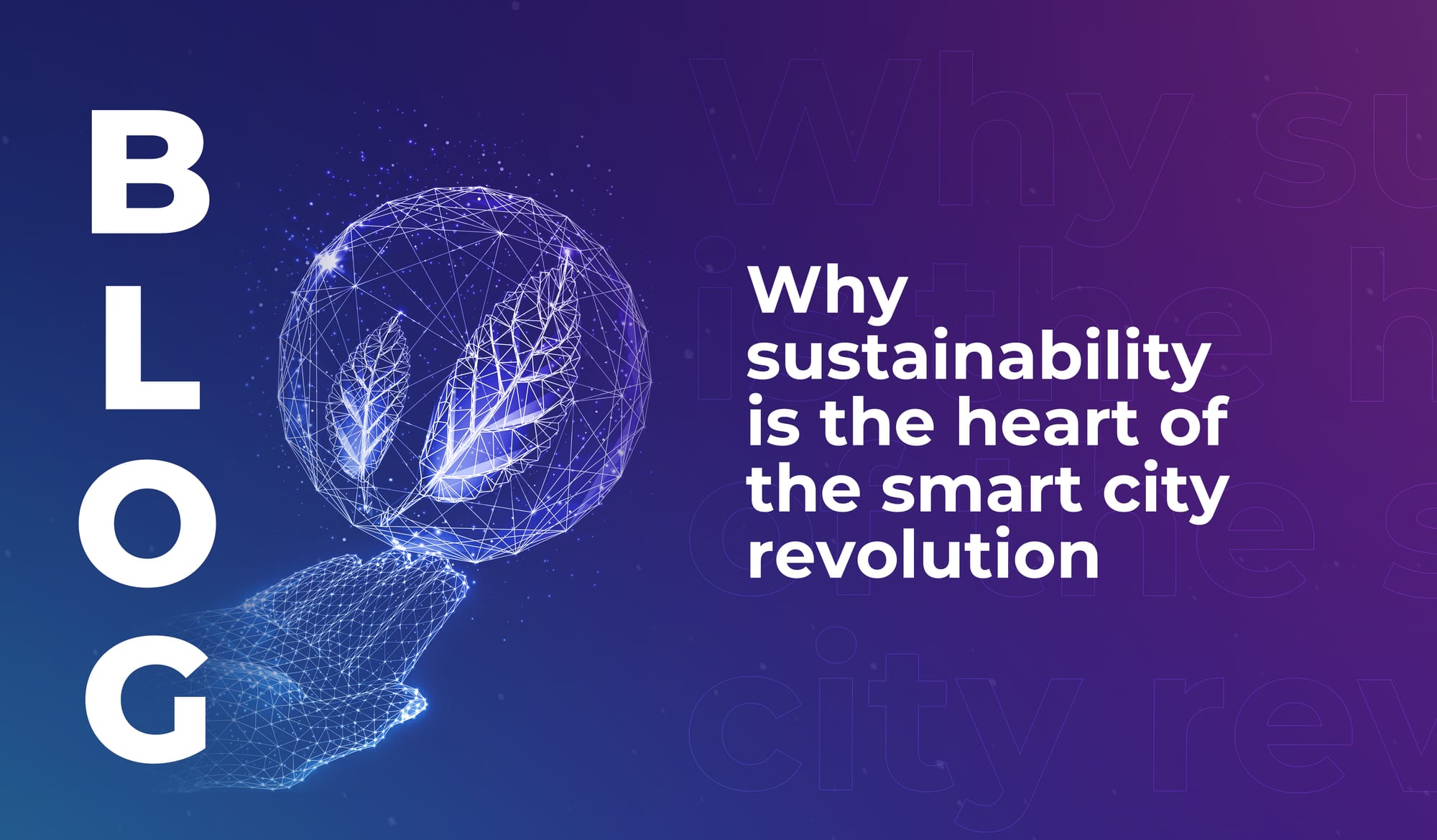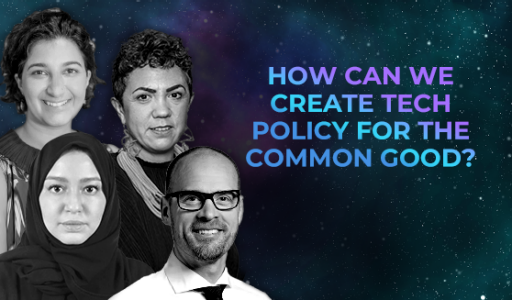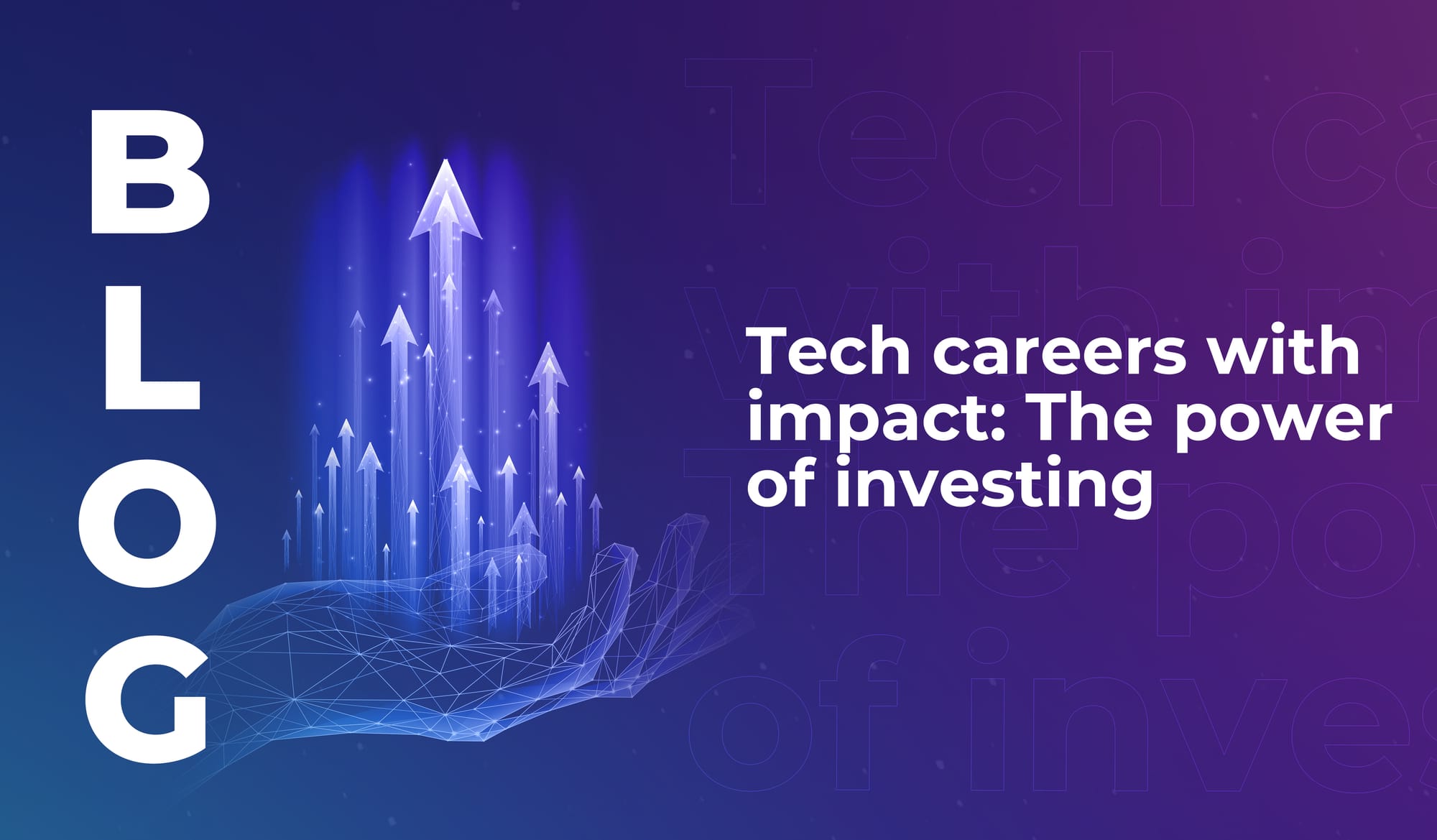
Why sustainability is the heart of the smart city revolution
The smart cities of the future will use tech to lower emissions, cut urban temperatures, and improve quality of life in highly populated areas.


“We need to find a way to invest in our technological and digital sovereignty. At the same time, we [must be] able to share data in a way that does protect the rights of people, but also allows us to really harness this information.”
These were the wise words of Ivana Bartoletti (Global Chief Privacy Officer at Wipro) at #LEAP22, during a conversation with three other industry leaders about the future of tech policy. It’s an acutely important topic at this point in time, while tech is changing rapidly and we’re all trying to find the balance between leveraging data, and protecting it.
Henrik Von Scheel (Industrie 4.0 Originator) pointed out that the digital and technological landscape will likely look very different in just a few years: the way we produce, utilise, and consume information will evolve beyond recognition. Between 2018 and 2023, emerging tech is growing at a rate of 104% according to figures from Statista, and predictions suggest there will be 30.9 billion IoT devices worldwide by 2025.
The challenge for policy makers and lobbyists, then, is how to create policies with an unknown future in mind. What direction should policy take, and how can we ensure that regulations are adaptable?
Alaa Abdulaal (VP of Strategy and Governance at Digital Cooperation Organisation) suggested that policy-making should develop with inclusivity at the heart of it. “We’re sitting in a hyper-connected conference room,” she said, but “almost one third of the world remains offline. This is a huge issue. We have to have those policies in place and work together to ensure inclusivity, to ensure women, elderly, people with disabilities…to ensure all of them have the access and the ability to digitally prosper.”
It’s a point that was emphasised by several speakers at LEAP; perhaps most passionately by Nenna Nwakanma (read about her keynote on our blog, here). And if corporations and government bodies around the world can all agree on inclusivity as a key building block for future policy, it could provide a positive foundation for the future of tech – both in terms of policy, and in terms of inclusivity-by-design.
A second essential building block for effective, efficient future policy has to be flexibility. Cezanne Maherali (Head of Public Policy for MEA, Uber) noted that “what we have to be really careful with, in the regulatory environment, is to make sure that it’s not too rigid.”
In order for companies to adapt to changing consumer needs and to changing tech functionality at the same time, there needs to be room for movement in tech policy to ensure that innovations aren’t held back by outdated regulations. And when things are changing as fast as they are right now, regulations can become outdated very quickly.
So from governments, Maherali added, “there’s got to be that openness towards being educated, towards collaborating with the private sector, towards building that capacity within government.”
Indeed, governments must be willing to learn when it comes to tech. That became all too apparent when we watched US senators interview Mark Zuckerberg in 2018. As Bartoletti put it, “There was a complete mismatch between what they knew about tech, and what Facebook does.” But now, Bartoletti said, “all countries are catching up across the globe,” because it’s become very clear that digital life is going to be a part of human life from now on.
We talk about collaboration a lot at LEAP – like in this blog post about how blended finance can create a sustainable investment ecosystem, and this one about the power of tech partnerships. But we won’t stop talking about it, because collaboration really is the future.
Speaking about existing national policies around privacy, AI, and digital tech, Bartoletti said “They all mention fairness. They all mention transparency. They all mention responsibility. They all mention explainability…so yes, we do have a world that has its differences and political challenges, but we also have all this in common.”
If governments and businesses focus on these shared values and goals, maybe we can co-create regulation and policy that enables us to harness tech for the common good of everyone. And we really do need to develop effective, protective, and flexible policy – because as Abdulaal emphasised, “We have to realise that 75% of the total GDP in the next decade will be from the digital economy and emerging technology.” So without an integrated system for developing good policy, we’ll all be left behind as the economy takes on a technological life of its own.
For Maherali, in order for a company like Uber to be prepared for the future and be a part of policy-making progress, “it’s important for us to have that foresight, and immerse ourselves in the ecosystem of people who are thinking about the fourth industrial revolution.”
The only way for any of us to be effective in influencing and shaping policy going forward is to understand it ourselves: to be clear on the challenges faced by individuals, innovators, businesses, public institutions, and governments.
Efficient and fair future policy won’t be created by one government. It’ll be developed by everyone. Everyone will be responsible for upholding their part in it. And it must be accessible to all digital users as well; because it’s when people understand policy that they can step up to the mark and make their voices heard.

The smart cities of the future will use tech to lower emissions, cut urban temperatures, and improve quality of life in highly populated areas.

Discover the cities that rank highly for smart city preparedness, and learn why locally relevant innovation is more important than cutting-edge tech.

If you’ve ever thought about becoming a tech investor, read this – learn why investors are the quiet force shaping the future of the industry.

The smart cities of the future will use tech to lower emissions, cut urban temperatures, and improve quality of life in highly populated areas.

Discover the cities that rank highly for smart city preparedness, and learn why locally relevant innovation is more important than cutting-edge tech.

If you’ve ever thought about becoming a tech investor, read this – learn why investors are the quiet force shaping the future of the industry.